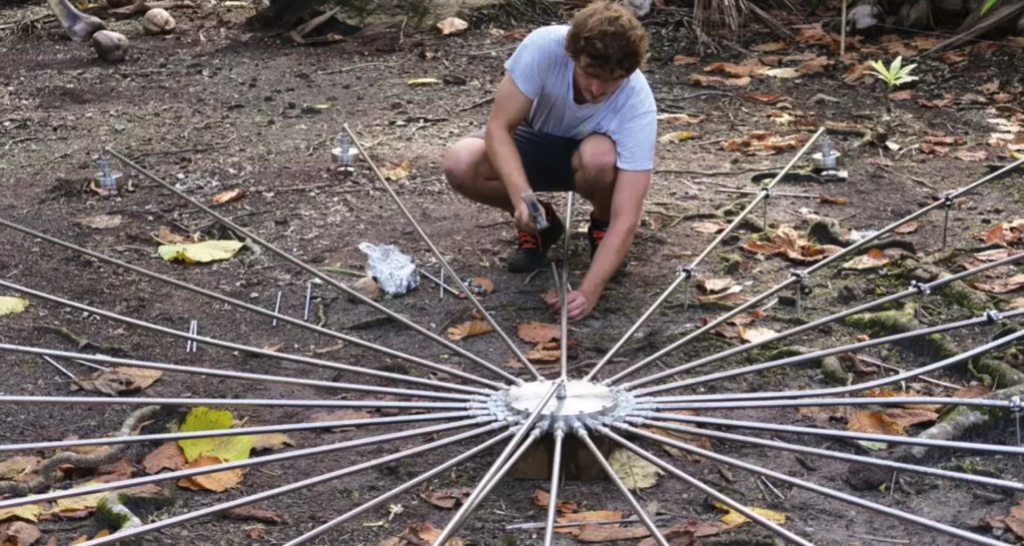Blast Vibration Monitoring
Blast vibration monitoring is crucial in industries like mining, construction, and demolition, where explosives are used. It’s important to monitor and control the vibrations caused by blasts to prevent damage to nearby structures and to ensure the safety and comfort of people in the vicinity. The minimum trigger level for blast vibration monitoring can vary depending on several factors, including local regulations, the type of structures near the blasting site, and the project’s specific conditions.
- Regulatory Guidelines: Different countries and regions have guidelines for acceptable vibration levels. For example, in the United States, the Bureau of Mines recommends a peak particle velocity (PPV) of 0.5 inches per second for residential structures, but local regulations may set stricter limits.
- Type of Structures: Older buildings, historic structures, or buildings with pre-existing damage may require lower vibration limits to prevent further damage.
- Distance from Blast: The acceptable vibration level might also depend on the distance of the structure from the blast site. Closer structures may have lower trigger levels.
Infrasound Sensitivity for Long Periods

Infrasound refers to sound waves with frequencies below the lower limit of human audibility (below about 20 Hz). Monitoring infrasound is important for detecting natural phenomena like volcanic eruptions, avalanches, landslides, and tornadoes, and for assessing the impact of human-made sources like wind turbines and industrial activities.
- Human Sensitivity: While infrasound below the threshold of hearing is not audible, exposure to high levels of infrasound over long periods can potentially have health impacts, including stress, sleep disturbance, and other physical symptoms.
- Monitoring Thresholds: The sensitivity of infrasound monitoring equipment is designed to detect very low frequencies at minimal levels. Modern infrasound sensors can detect pressure changes less than a Pascal, which allows for the monitoring of both natural and anthropogenic infrasound sources over great distances.
- Environmental Impact Studies: For assessing the impact of infrasound on humans and wildlife, long-term monitoring is often required. The sensitivity and trigger levels for such monitoring depend on the objectives of the study and the baseline levels of infrasound in the environment.
Both blast vibration monitoring and infrasound sensitivity assessments require a careful approach that considers the specific context of each situation, including regulatory requirements, environmental conditions, and the potential for adverse effects on humans and structures. Continuous monitoring and adherence to established guidelines are key to managing the impacts effectively.

QuakeLogic leads the way in providing state-of-the-art infrasound sensors, dataloggers, and software solutions designed for real-time data analysis. These tools are crucial for professionals seeking to monitor and analyze infrasound with precision and efficiency. To explore the full range of our infrasound monitoring products and understand the powerful capabilities of our software, we invite you to visit our specialized webpage at QuakeLogic Infrasound Sensors.
If you have specific questions or need guidance to select the perfect infrasound monitoring setup for your project, please do not hesitate to get in touch with our expert sales team via email at sales@quakelogic.net. Our dedicated team is committed to providing personalized consultation to ensure that you find solutions that precisely match your monitoring objectives. Reach out today to learn how our technology can elevate your infrasound monitoring capabilities.

